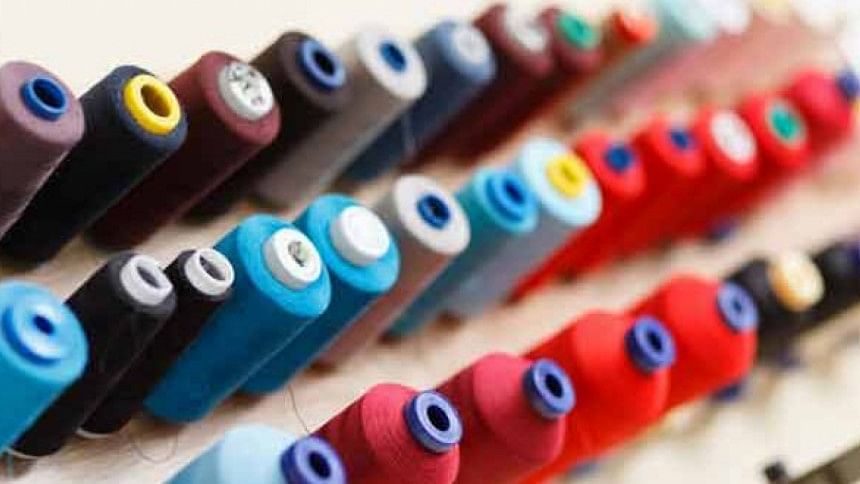Why Vietnam provides a useful benchmark for Bangladesh

If we were to describe the global garment and textile industry as a three-horse race, China would be out in front with two other horses fast closing in. These two horses are, of course, Bangladesh and Vietnam. Much has been written about the competition between these two countries in recent years. My personal view, which I will expand upon below, is that both countries have strengths in different areas when it comes to apparel manufacturing. For this reason, we have a great deal to gain by looking at areas we can learn from Vietnam in order to improve our competitive position and build on our existing strengths.
The most recent figures show that Bangladesh garment exports between January and September stood at USD 26.1 billion while Vietnamese exports were worth USD 24.43 billion. Taking October into account, Bangladesh exports amounted to USD 27.63 billion while Vietnam was at USD 27.10 billion.
At present, I believe Bangladesh has a number of competitive advantages over Vietnam. It has a more readily available supply of skilled and semi-skilled labour. Vietnam is certainly strong in the area of industry training but the textile industry there faces competition from other fast developing industries which, in many cases, pay higher wages.
There are two other areas where I believe Bangladesh outshines Vietnam in terms of apparel production. One is in the realm of sustainability and—a related issue—factory safety. Bangladesh has the safest garment industry in the world and, and the rewards for our massive efforts in the area of factory safety are still to be seen.
We are also, as an industry, leading the way in terms of sustainability generally, with many of our factories shifting to new, greener methods of production which use less water and energy and which are less energy-intensive. This shift has, of course, been demanded by apparel brands but our industry has shown a willingness and adaptability to respond. It has taken giant strides in this area, which are not always visible to the outside world.
But where can we learn from Vietnam? This is where I see huge opportunities. Firstly, it is worth considering that efficiency in Vietnam's apparel industry is higher than ours. Their efficiency is around 65 compared to 40 in Bangladesh. This means their export value is similar to ours despite the fact that their industry has around two million workers compared to four million in Bangladesh. This added value will only be matched by Bangladesh if we continue to invest in training and R&D, and surely this should send a clear message to policymakers in our country.
Vietnam has a major strength in high value products, and this is a direct result of the investment they made in training. Vietnam has invested in high standards of education in textiles and apparel, all aimed at implementing new industry technologies.
In Bangladesh, while we have lots of textile engineers, we need more innovators in areas such as machinery, software, digitalisation, automation, and robotisation. We cannot afford to allow Vietnam to steal a march on us on these areas.
Also worth noting is that in five to 10 years time, the low labour cost advantage of sourcing from Bangladesh will be obsolete and replaced by automation. We therefore need smart, well-educated local people who can guide us on how to adapt production lines accordingly, using the latest tech solutions.
Another area we can surely improve on is in terms of proximity of our RMG sector to the ports and associated infrastructure. Vietnam has an edge on Bangladesh in this area but it needn't be this way. Public-private sector partnerships could surely be developed to improve transport routes to Chittagong as well as the broader development of logistics infrastructure, including modernisation of the port facilities.
Finally, we have to look at how Vietnam has aggressively pursued foreign trade agreements, with the EU and Asia Pacific. Can we be doing more in terms of trade agreements? Our primary markets lie in the EU but is there an opportunity to tap into the US market—as Vietnam has so successfully done—or even the burgeoning Chinese market? Proximity brings its own challenges, but it needn't be a complete barrier to market success.
In summary, Bangladesh and Vietnam each has their own strengths and weaknesses in terms of apparel production. Some might suggest that a comparison between the two countries is a fruitless exercise but I believe it is highly insightful, for surely there is no better way to improve one's own standing than by learning from a successful competitor. To succeed long-term, our RMG sector must be on a journey of continuous improvement, and benchmarking against other leaders in the field can be an invaluable part in this process.
Mostafiz Uddin is the Managing Director of Denim Expert Limited. He is also the Founder and CEO of Bangladesh Denim Expo and Bangladesh Apparel Exchange (BAE). Email: [email protected]

 For all latest news, follow The Daily Star's Google News channel.
For all latest news, follow The Daily Star's Google News channel. 



Comments